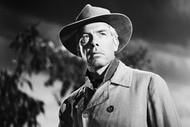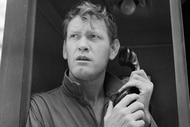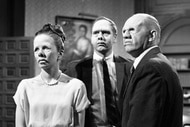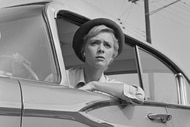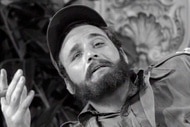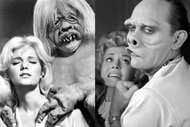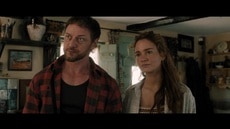Create a free profile to get unlimited access to exclusive videos, sweepstakes, and more!
Did You Know Rod Serling Created Another Anthology Show After The Twilight Zone Ended?
"I'm your little old curator."
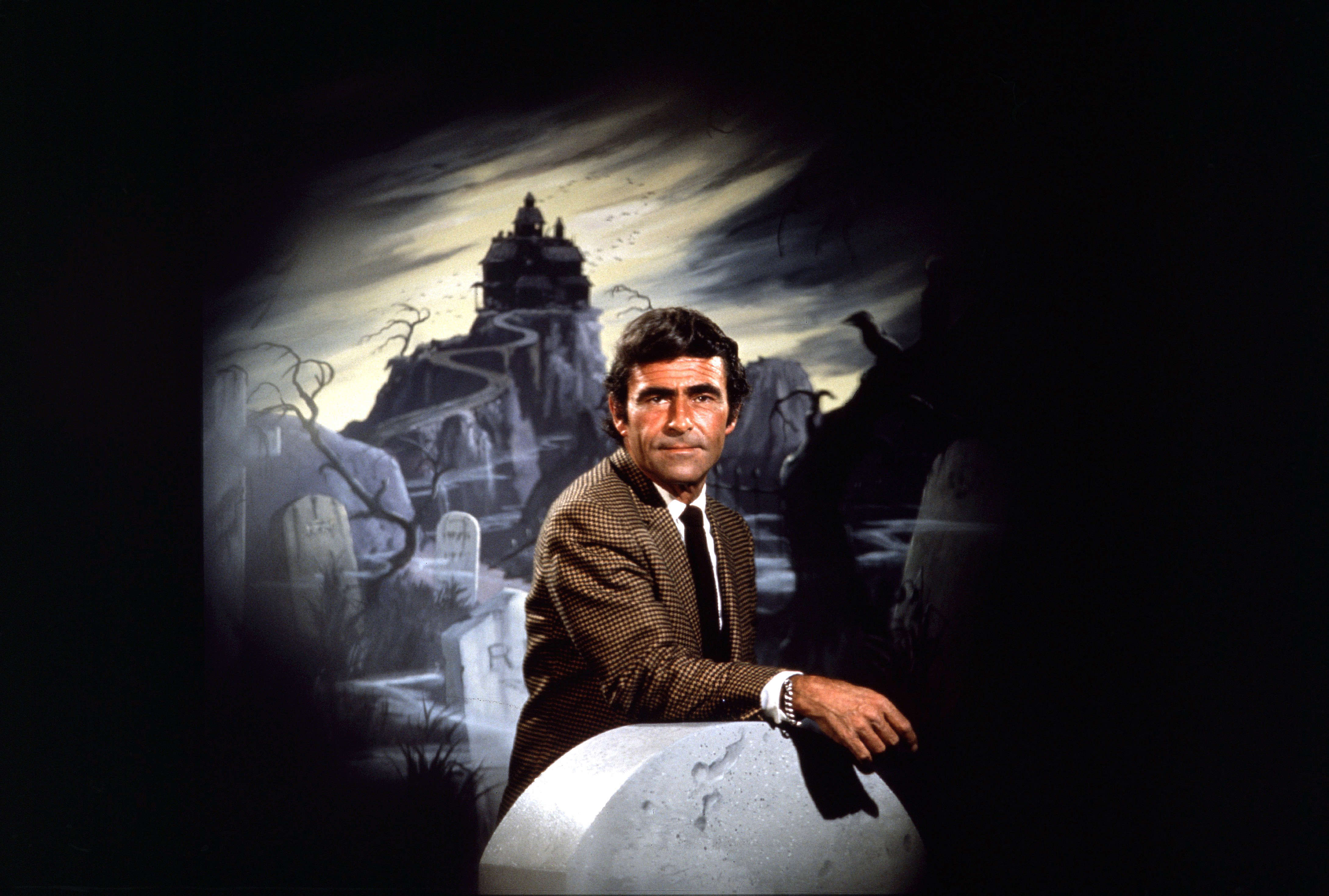
Five years after The Twilight Zone came to an end at CBS after five seasons, Rod Serling brought his talents to NBC for a brand-new anthology series that didn't quite make the profound cultural impact of its trailblazing predecessor. While Night Gallery (all three seasons are now available to own from Universal Pictures Home Entertainment) ultimately found a sizable cult following in the decades since it first aired, Serling was never quite satisfied with how the semi-obscure project turned out.
"Some of the shows are quite good and interesting, but it's not science fiction and it ceases to be fantasy. It's sort of a quick run through a cemetery," Serling explained during a July 1972 appearance on The Dick Cavett Show (he'd pass away just under three years later). "It was supposed to be a much more cerebral exercise, it was supposed to be much more diversified in its approach to things. It could be all things — science fiction and fantasy and the occult and the bizarre. But unfortunately, it's been an inconsistent show."
Remembering Rod Serling's post-Twilight Zone anthology series, Night Gallery
The main reason for Serling's disappointment was the fact that he didn't have the same creative control he enjoyed on The Twilight Zone, despite the fact that Night Gallery carried his name. Even so, he still faced plenty of obstacles with Twilight Zone, particularly with network sponsors who wouldn't allow him to push the boundaries of the burgeoning television format as far as he would've liked.
"I think in all media — be it film or TV — the writer should exercise a great deal of control," he continued, "and he doesn't unfortunately, except on Broadway. There, he has control by virtue of a very solid, cemented contract with the dramatist guild, where you can't hire a spear-carrier until the writer is duly consulted and gives his approval. The proscenium is the only art-form in which the writer literally has a say in anything. I see scripts of my own on television and I wonder who wrote them. I don't recognize them. People aren't there that I wrote about; lines are said that I didn't write; concepts are produced, which I have no knowledge of. That's been the problem of television."
While very similar in its approach, Night Gallery is an entirely different animal, eschewing the one-story-an-episode format in favor of various segments tied to a number of macabre paintings — all of which hung in a shadowy exhibit space spookily curated by Serling.
"Yes, it had some inconsistencies, but Rod and the producer, Jack Laird, allowed it to be less of a writers show and more of a directors show with an eye toward visuals and aesthetics," Scott Skelton, co-author of Night Gallery: The Art of Darkness, told SYFY WIRE over Zoom back in 2020. "The writing was still very strong, but they didn’t want it to be consistent. They wanted it to be a true anthology of different tales, different textures, different feelings from story-to-story."
Speaking of directors, Night Gallery marked one of the earliest mainstream efforts from a young Steven Spielberg, who directed two segments from the show's first season: "Eyes" (featured in the pilot) and "Make Me Laugh." Even at the start of his career, the budding filmmaker showed a pioneering spirit toward the visual medium, devising a way to shoot the latter story in a single take, which seriously rankled the folks in charge.
"They were appalled, [asking], 'Where's the close-up coverage? Where are the over-the-shoulder shots? Where are the prerequisites for making it look like a television show?'" Spielberg recalled to Stephen Colbert in a 2023 interview for The Late Show. "I immediately got a call from an executive ... who said, 'We are appalled by what we see. It's one of the most irresponsible experiences I've ever had with a director working for me and we're gonna reshoot the show with another director.' And that was the end of it. I wish I had a copy of that shot. It was a terrific shot, but I don't have a copy of it."
Fortunately, Laird went to bat for Spielberg and saved the bright-eyed talent from being blacklisted from the industry, though the segment was still retooled with Jeannot Szwarc (eventual director of Jaws 2) at the helm. "What you’re seeing is essentially an amalgam of what Spielberg shot and what somebody else tried to fix," Skelton noted. "But even Jeannot said, ‘I couldn’t see what he’d done wrong. I essentially shot everything like he did it.’"
A decade or so later, the now-successful Spielberg received a great deal of cathartic closure when he bumped into the same executive at a Hollywood party. The man was forced to eat his words, of course, but took it on the chin, saying "some very nice things."
In the end, trouble behind-the-scenes, Serling's inability to exert more creative control over the material, and the inescapable legacy of The Twilight Zone ensured that Night Gallery would become a strange and semi-obscure footnote in the history of television, in spite of some truly effective segments like "The Caterpillar" (in which a man has his brain agonizingly devoured by an ear-boring insect) and "The Messiah on Mott Street" (featuring a touching, late-life performance by Edward G. Robinson).
"Rod ... was rather afraid the comparison would be made," Skelton said of critics' unfavorably comparing Night Gallery to his previous TV offering. "He didn’t want it to be the same animal at all, he wanted it to be something different. But, of course, The Twilight Zone, by that time, had already become a catchphrase. Everyone knew what The Twilight Zone was by the time Night Gallery came along. It was obviously seen in its shadow anyway."
All three seasons of Night Gallery are now available to own from Universal Pictures Home Entertainment. Meanwhile, classic episodes of The Twilight Zone air regularly on SYFY. Click here for more scheduling info!



